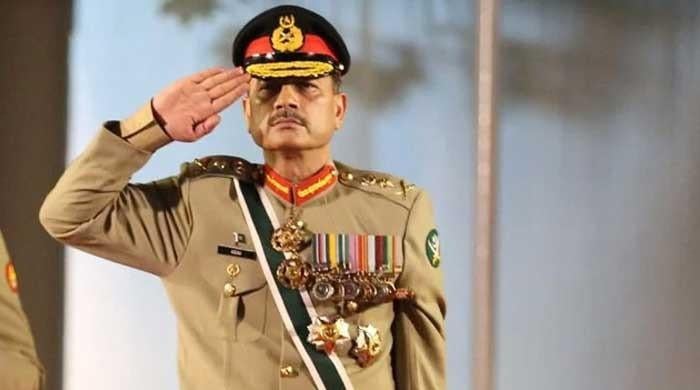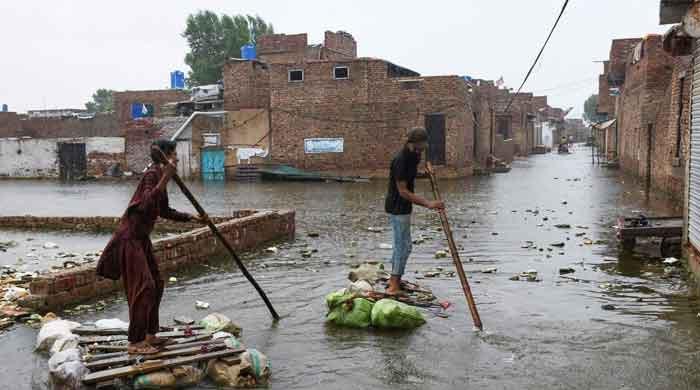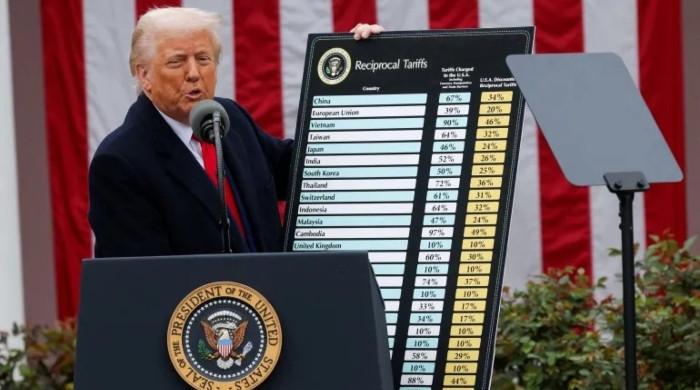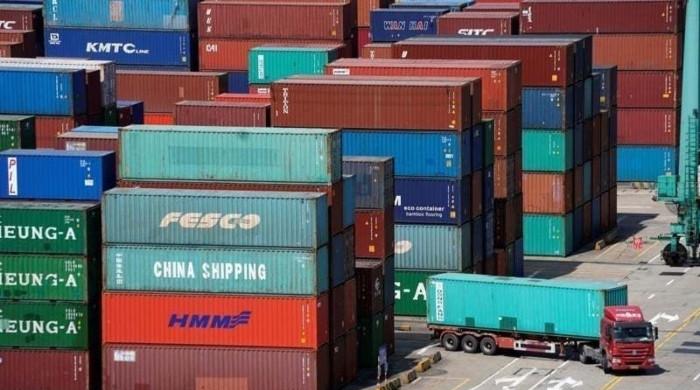Decision-making in Pakistan: Who should be in charge?
Decisions under military dictatorships or under military's influence appear to have more consequences for Pakistan than those taken by elected political leadership
September 24, 2022
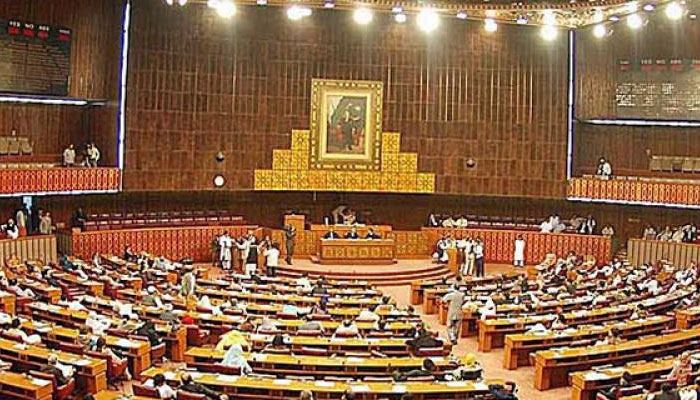
By its very essence, democracy means a system of decision-making based on citizens’ choices. Democracy takes the power of decision-making away from an individual, a monarch, or a dictator, and places it back in the hands of the people whose choices must shape the decisions that their lives are to be governed by.
Citizens’ will and authority is recognised in the preamble of our constitution which establishes that the executive authority of the state is to be exercised by elected representatives of citizens.
Like other global democracies, our democratic system is also centred on the principle that the views of our adult population is the basis of decision-making and these decisions are binding for the country. To translate this fundamental requirement into an institutional procedure, a system is in place through which adult citizens can choose to contest election or vote for their representatives in parliament who pass laws and governments elected through parliament have the responsibility to take decisions on behalf of the people.
A procedural system of democracy is in place in Pakistan, indeed. But what is the system of institutional decision-making on behalf of the people? Another particularly vexing problem is who is the final arbiter on decision-making and what is the quality of these binding decisions?
Our constitution places executive authority of the federation in the prime minister and the federal cabinet. The Government of Pakistan Rules of Business lay down in detail exact procedures that are to be followed in exercise of executive authority of decision-making. A system is in place, but how effectively is it exercised?
Looking at some of the key decisions that have had long-term impact and continuing consequences for Pakistan, there are some key markers. Apart from sending seven prime ministers packing in the first 11 years, these include imposition of the country’s first martial law in 1958, decision to go to war in 1965, imposition of second martial law in 1969, the war of 1971 and secession of East Pakistan, finalising and adopting the 1973 constitution. Then there was another martial law and judicial murder of an elected prime minister, a decision to join hands with the United States against the Russian invasion of Afghanistan in 1979, public testing of nuclear weapons in 1998, the Kargil war, another martial law in 1999, the decision to join the US ‘war on terror’ after 9/11, the 18th Constitutional Amendment, the judicial ouster of a prime minister in 2017 and truncating the term of another elected prime minister in 2022 through facilitating a vote of no-confidence.
The 1965 war shaped our relations with India in a fundamental way. Coupled with [the then] West Pakistan’s approach to [the then] East Pakistan, growing animosity with India resulted in the 1971 war and dismemberment of the country. The reprehensible act of hanging an elected prime minister might have given temporary relief to a military dictator to hold on to power a little longer, but it wounded democracy and the psyche of citizens.
The decision to join hands with the United States against the Russian invasion of Afghanistan in 1979 has not just left a deep festering legacy for the state and society, it has created far greater internal and regional security perils which we continue to struggle with even today. The Kargil war not only damaged our chances of achieving dignified peace with India, it laid open for the world to see yet again how disconnected our civil and military decision-making was at the turn of the century on as big a choice as going to war with a neighbour or to pursue peace.
The decision to provide unconditional support to the US ‘war on terror’ after 9/11 is yet another policy choice the consequences of which we are still grappling with. Curtailing the elected term of Nawaz Sharif as prime minister was akin to throwing a spanner in the works and has made the country’s stability and economy spiral out of control. Facilitating the abrupt end of prime minister Imran Khan’s term has also resulted in growing public anger spilling onto the streets and attacking internal institutions and external friends.
Compared to the above, there are only a handful of decisions that have infused cohesion in society, inspired a greater sense of security and improved sustainability of democracy. These include the finalization and adoption of the 1973 constitution, public testing of nuclear weapons in 1998 and the 18th Amendment.
Researchers and academicians have studied how the process behind key decision-making has impacted the quality of these decisions. There is agreement that when an institutional and collective decision-making process was adopted, it brought a positive impact. Where decision-making was in the hands of one or a select few extra-institutional actors, its consequences ran long-term.
A simplistic classification would be that decisions under military dictatorships or under the influence of the military appear to have more consequences for Pakistan than those taken by the elected political leadership. In principle, of course, decision-making is the sole forte of elected public representatives. The military has a valid and required point of view that must be taken into account in democratic decision-making in an institutional setting as is the global practice.
In reality, though, the political leadership is also guilty of making decisions in a personalised manner and through informal huddles and a coterie of kitchen cabinets. We have had prime ministers who have not even preferred to hold weekly cabinet meetings. Others have not enjoyed complete executive authority. Some chose to tread carefully to follow the ‘same page’ path. On national security decision-making alone, despite having a National Security Committee, successive premiers since 2013 have chosen to convene fewer meetings of the NSC and held more one-on-one interactions with successive army chiefs to take vital decisions in an informal manner.
Research is also available that shows that critical decisions such as going to war with India in 1965, or the Kargil war of 1999, were not based on collective institutional thinking. Since the process of arriving at decisions is relatively opaque in the security sector, it is difficult to say with certainty whether decisions relating to the Afghan jihad and the ‘war on terror’ were made through an institutional consultative process involving all stakeholders.
Is it then a deeper cultural issue that we deliberately short-circuit institutional decision-making and prefer individual powers to arrive at key national decisions?
In any case, deep introspection and course correction is required across the board to invest in inclusive and institutional decision-making. It would not only improve the quality of our decision-making but also build sustained capacity for doing so over time.
Our democratic paradox is that while we should be focusing more and more on how to make institutional decision-making inclusive by including voices from young citizens and other segments of society, we are still grappling with the effects of a small group of elites making national decisions for democratic legitimacy.
The writer is an analyst working in the field of politics, democratic governance, legislative development and rule of law.
Originally published in The News




